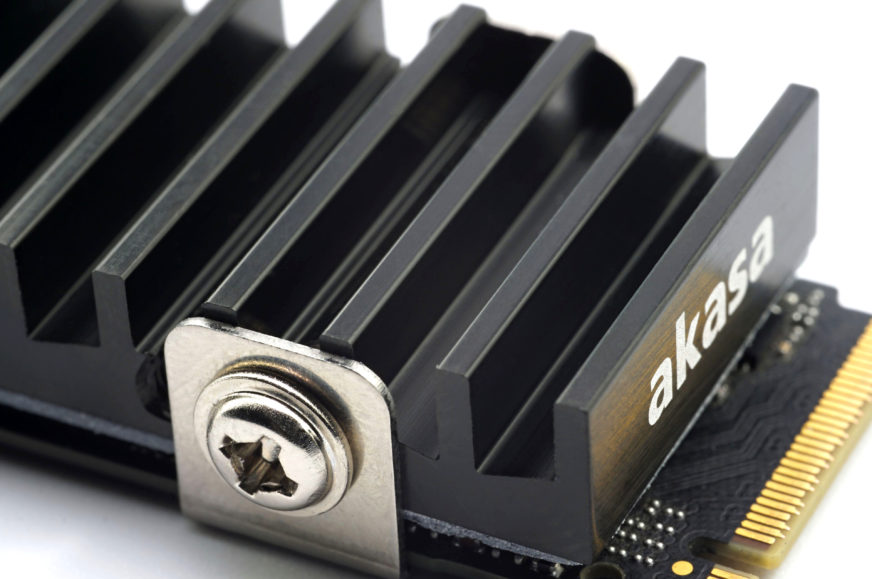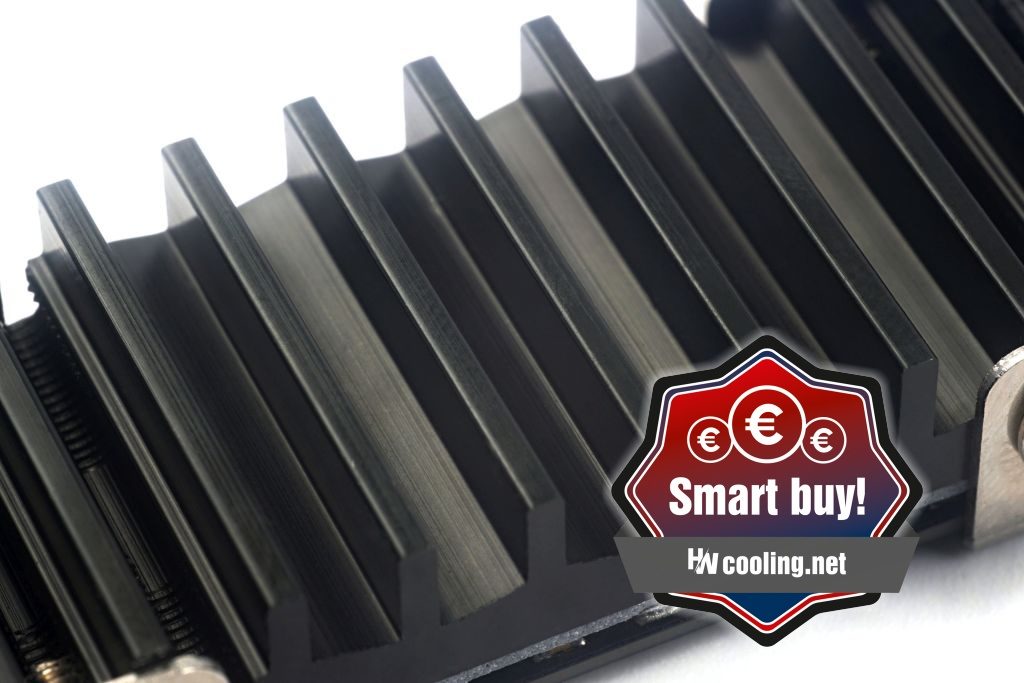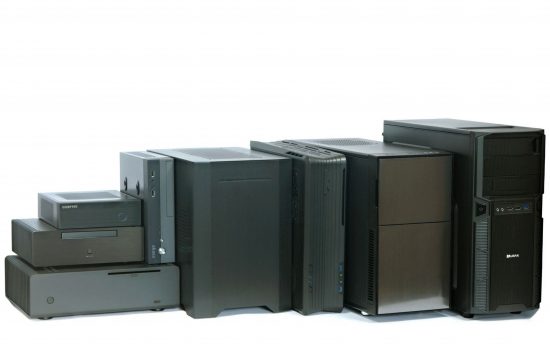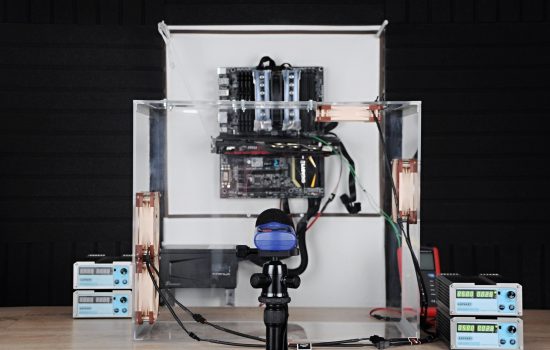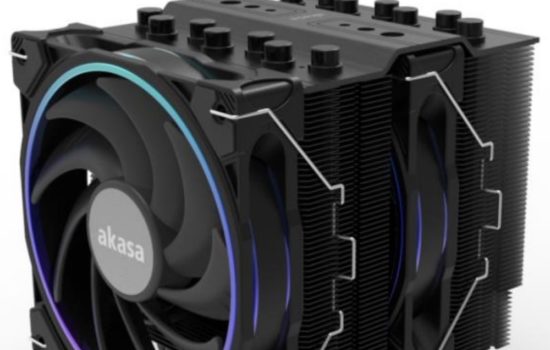Conclusion
The successor to the SSD cooler, which didn’t have much competition in its price range. That’s one way to introduce the Gecko Pro, which is a bit more expensive, but also more refined (in terms of mounting as well). And it also has a distinctive feature that clearly distinguishes it from other coolers – the fins are not longitudinal (as is common), but in width. The price to cooling performance ratio is again excellent.
Conclusion
For the price of around 8 EUR this is a very attractive cooler. Sure enough, it’s below the Axagon CLR-M2 in the charts. However, the latter is more expensive and the difference in cooling performance is quite insignificant in any case. Still, it is large enough, even with some headroom (for schematically different test environments than ours) to conclude that Gecko Pro’s design is slightly less efficient . This means it delivers weaker results than the Axagon CLR-M2 pound for pound. This may be partly due to the fact that the Gecko Pro doesn’t have a backplate (and so doesn’t dissipate heat from the back of the SSD as well). But it has sturdy brackets that eliminate sagging, which may (or may not) be encouraged by motherboards themselves.
The pressure exerted on the SSD is fine in any case, sufficiently intense, and thanks to the thicker thermal pad it works well even on SSDs where the controller is at a different height than the memory chips behind it. This is evidenced by the fact that the difference between the controller and memory temperature is exceedingly small. With some other coolers (such as the one on the Gigabyte Z790 Aorus Elite AX motherboard), the difference is almost three times that of the Gecko Pro.
Replacing the built-in motherboard solutions with this cooler is not particularly worth it (in some cases you may even get worse results), but if you don’t have any cooler for your SSD, then we can recommend Gecko Pro with a clear conscience. That is, if it stays two or three euros cheaper than the Axagon CLR-M2, which, in many shops, it is.
English translation and edit by Jozef Dudáš
| Akasa Gecko Pro |
| + High cooling performance. Significantly reduces SSD temperature |
| + Efficient design. High TDP given the lower weight |
| + Thicker, soft thermal pads compensate well for height differences of SSD components |
| + Attractive price/cooling performance ratio |
| + Sturdy build |
| + Excellent compatibility, does not interfere with expansion cards |
| - Lower cooling performance compared to many motherboard solutions |
| - No backplate (potentially worse cooling of the back of double-sided SSDs) |
| Approximate retail price: 8 EUR |





